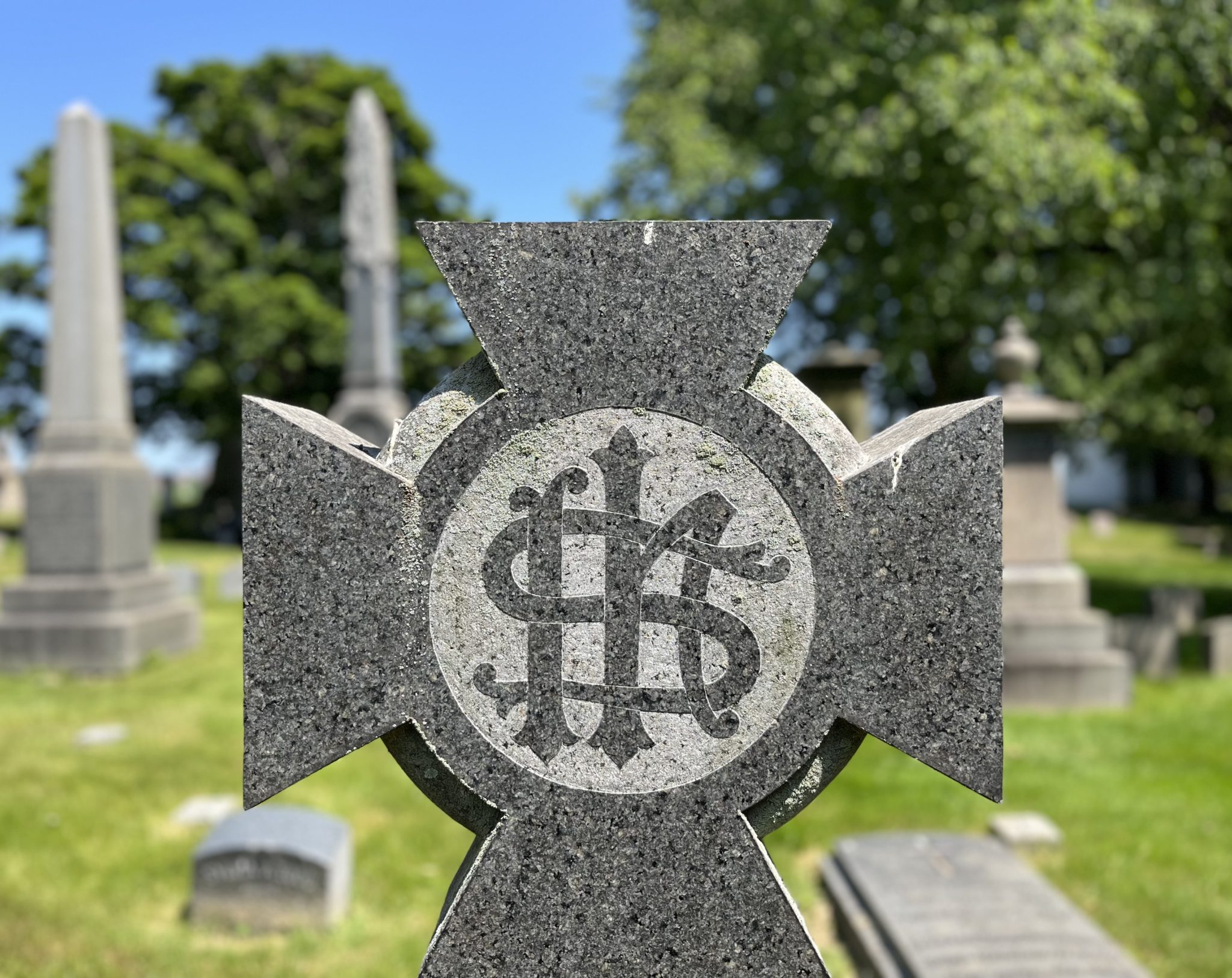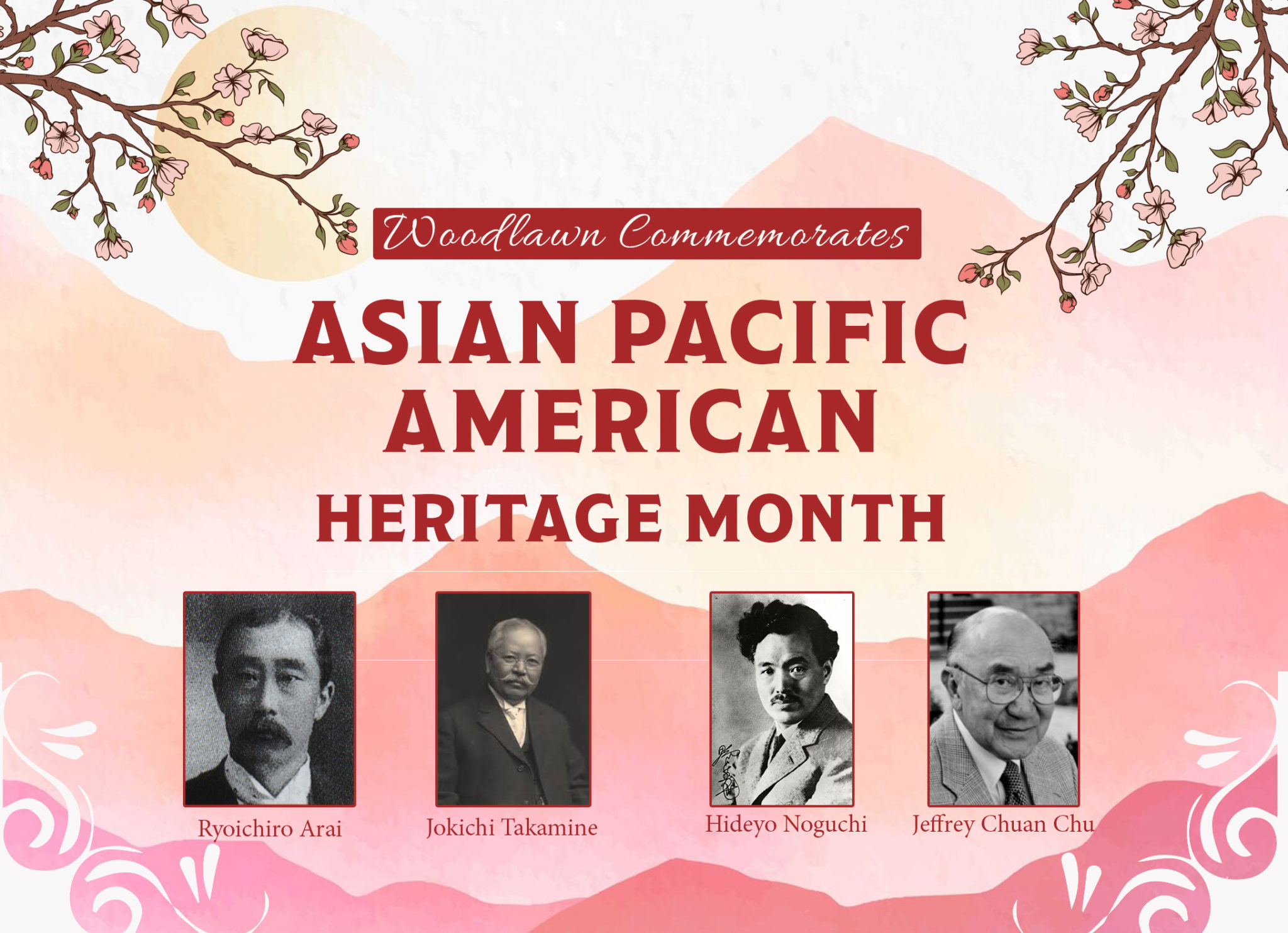
The Art of the Cemetery: Obelisk
The word “obelisk” derives from the Greek word “obeliskos,” which means a spit or a pointed object for roasting. A celebratory monument originating from Ancient Egypt, obelisks are a rectangular pillar with a tapered top forming a pyramidion (a miniature pyramid) set on a base. By definition, an obelisk is an upright 4-sided monolithic pillar that …
Read More









